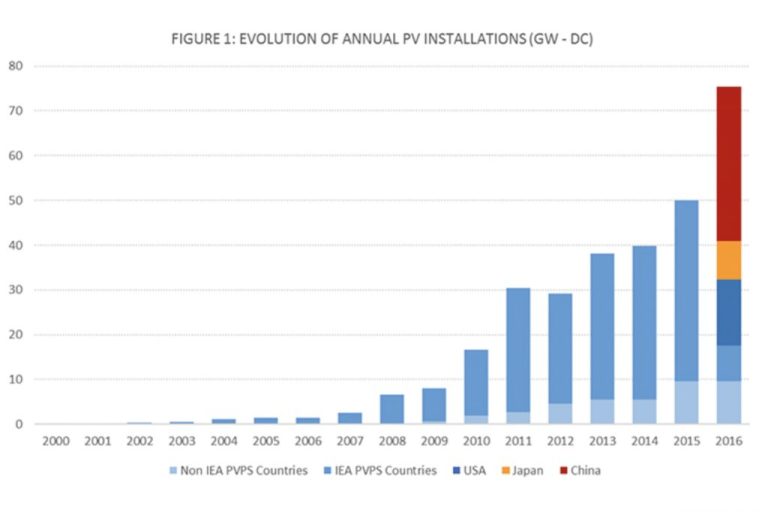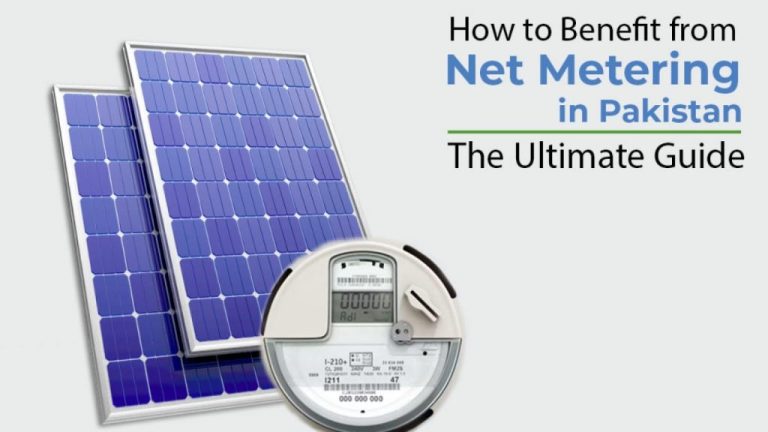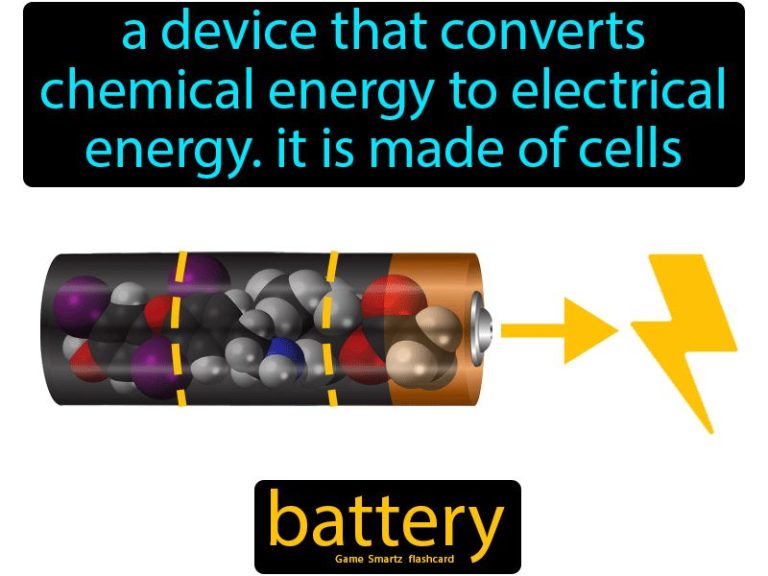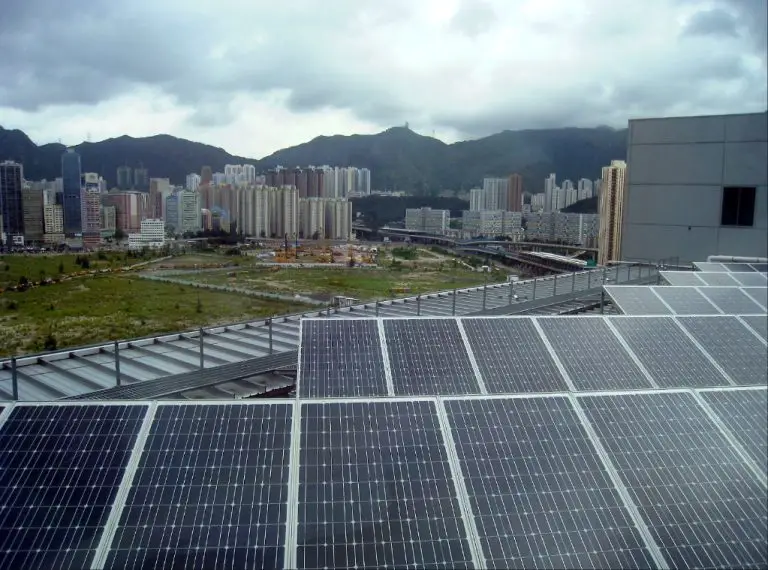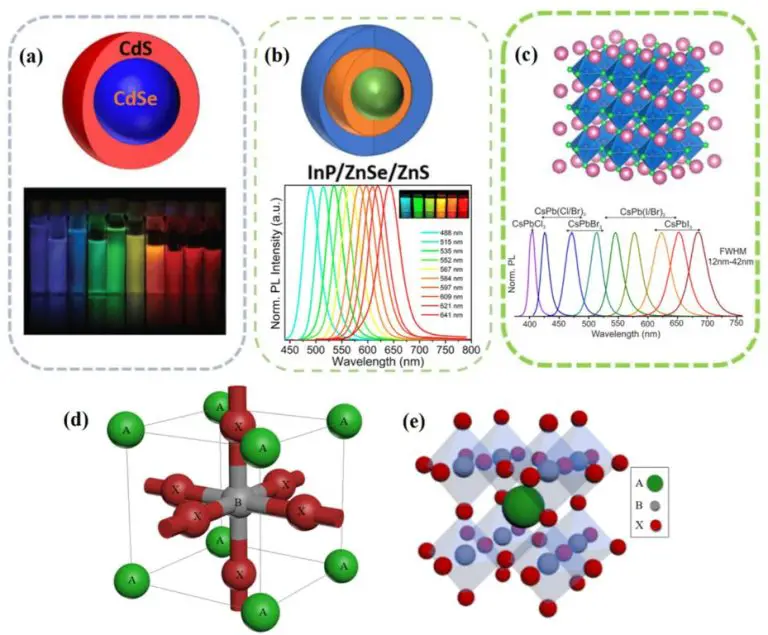Are Higher Wattage Solar Panels Better?
Solar panels are devices that convert sunlight into electricity. They do this through the photovoltaic effect, which causes materials like silicon to release electrons when exposed to photons from sunlight. These electrons flow through the solar panel to produce a DC current.
A key specification for solar panels is wattage, which indicates the maximum power that a solar panel can produce under ideal conditions. Wattage is measured in watts (W), kilowatts (kW), or megawatts (MW). Most residential solar panels range from 250-400W, while larger utility-scale panels can be over 400W.
The wattage of a solar panel impacts how much electricity it can generate. So when designing a solar energy system, it’s important to consider panel wattage along with other factors like panel efficiency, energy usage, and space available. Generally, higher wattage solar panels can produce more power, but they also come with tradeoffs.
How Solar Panels Work
Solar panels are able to convert sunlight into electricity through the photovoltaic effect. Solar cells contained within the solar panel are made up of semiconductor materials like silicon. When sunlight hits these materials, the photons from the sunlight energize the electrons within the solar cell materials which causes the electrons to be freed from their atoms. This process generates electron flow, which we know as electricity. The electron flow then goes from the solar cells through wires to produce electric current that can power devices, be stored in batteries, or be fed back into the electricity grid.
The photovoltaic effect occurs at the atomic level but is constructed on a large scale within solar panels. Solar panels contain multiple solar cells wired together to form modules or arrays. The more sun exposure the solar cells receive, the more electricity they are able to produce through the photovoltaic effect. This is why solar panels work best when pointed directly at the sun and why factors like shade, clouds, pollution, and latitude impact the energy production capabilities of solar panels.
Solar Panel Wattage
Solar panel wattage refers to the amount of power that a solar panel can produce, measured in watts. The wattage determines how much electricity the solar panel will generate and therefore indicates the panel’s overall size and efficiency.
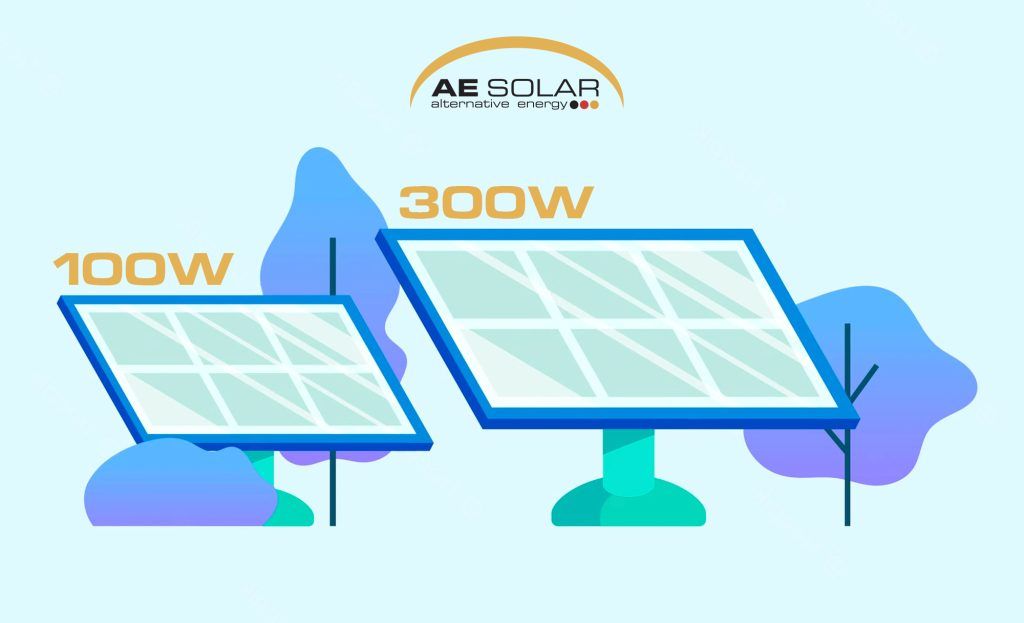
Wattage is determined by multiplying the amperage and voltage that the solar panel can deliver. Most residential solar panels today have power ratings ranging from 250-400 watts, with higher wattages over 400 watts available for larger systems.
In general, a higher wattage solar panel will be larger in size and convert more sunlight into usable electricity than a lower wattage panel. However, wattage is just one factor to consider when selecting solar panels. The amount of space available, local regulations, system design, and cost may dictate using moderately sized panels rather than maxing out the wattage.
Higher Wattage Panels
Higher wattage solar panels can provide some key benefits compared to their lower wattage counterparts. Most notably, higher wattage panels are able to produce more power. A 300W panel will generate more electricity than a 250W panel given the same conditions. This greater power output means you can meet your energy needs with fewer solar panels, reducing upfront equipment and installation costs.
Additionally, higher wattage solar panels take up less physical space than lower wattage options with similar power production. For example, five 300W panels will take up less rooftop area than six 250W panels, while providing the same collective wattage. This can be advantageous if you have limited roof space or want a more streamlined, minimal visual profile for your solar array.
Overall, the increased power production and reduced equipment needs make higher wattage solar panels an appealing choice for many homeowners and businesses looking to maximize their solar energy system’s productivity. Their compact footprint can also be a major benefit when space constraints are a key consideration.
Downsides of High Wattage
While higher wattage solar panels seem appealing in theory, there are some potential downsides to consider:
Higher Upfront Cost
Higher wattage solar panels tend to cost more per panel than lower wattage options. Even though you may need fewer panels overall, the individual panels will be more expensive. This can add substantially to your upfront system costs.
Heavier Weight
With more watts packed into each panel, high wattage solar options are physically larger and heavier than standard panels. This can make installation more challenging, especially on rooftops. It also may require additional mounting and structural supports.
Aesthetic Impact
The larger size of high wattage panels also makes them more visually prominent. If aesthetics are a concern for your home or property, lower wattage panels may blend in better. Their smaller size and weight allows more flexible placement options.
Overall, carefully weigh the higher costs, installation challenges, and aesthetic impact against the benefits before opting for extremely high wattage solar panels.
Ideal Wattage
When it comes to determining the ideal solar panel wattage for your home, there are several key factors to consider:
Location – The amount of direct sunlight your location receives will impact how much energy your panels can produce. Areas that get consistent sun, like the Southwest U.S., can utilize higher wattage panels effectively. Cooler, cloudier regions may be better suited for lower wattage.
Roof Space – The physical size and layout of your roof will determine how many panels you can install. Higher wattage panels take up more space. Make sure to measure your usable roof area and plan your system size accordingly.
Budget – Higher output panels come at a higher cost. Consider your budget constraints, energy needs and return on investment when deciding on wattage. Lower wattage costs less upfront.
Energy Use – Calculate your household’s energy consumption to gauge your solar power needs. High energy use households may benefit from higher wattage to offset a larger portion of their usage.
Future Expansion – If you anticipate needing more solar power down the road, you can compensate by installing higher wattage panels now and filling up less of your total roof space. This leaves room to add more panels later.
Incentives – Check if your state/utility offers incentives that favor higher wattage systems. This can improve the value proposition of going with a higher output system.
Considering these variables will help determine the ideal solar panel system wattage for your specific home and needs.
Wattage Needs Assessment
To determine the ideal solar panel wattage for your home, you’ll need to calculate your energy usage. Here are the steps:
- Review your monthly electric bills for the past year and calculate your average monthly kWh usage.
- Identify the main appliances and devices in your home and estimate their individual energy requirements. Refer to the wattage ratings and usage times.
- Calculate the total daily energy needs by adding together the requirements of all your appliances and devices.
- Multiply this by 30 to estimate your average monthly energy needs.
- Compare this figure to your actual monthly usage calculated in step 1. Adjust as needed.
- Determine peak sunlight hours for your location. This is the maximum hours per day when sunlight can generate energy.
- Divide your average monthly energy needs by the peak sunlight hours to get your required solar panel system wattage.
This wattage assessment will provide an accurate guideline for selecting solar panels to meet your household’s energy demands. The key is balancing panel costs against your specific needs.
Case Studies
When determining the ideal solar panel wattage for your home, it helps to look at real-world examples and case studies of people who have installed solar panels on their houses. Here are a couple case studies illustrating key wattage considerations:
The Smith Family
The Smith family lives in a 2,500 square foot home in Arizona. They have high electricity usage with central AC running much of the year. After getting quotes, they decided on a 10 kW solar panel system, using 400W panels. This provides ample electricity for their needs, even in the hottest summer months. While they could have gone with higher wattage panels, the extra cost was not justified for their usage.
John’s Off-Grid Cabin
John has an 800 square foot off-grid cabin in Alaska. He relies solely on solar power and needs to be very efficient. He opted for high efficiency SunPower panels with 350W output. With space constraints, the smaller physical size of these panels allowed him to fit more on his roof. The higher output helps capture as much of the limited sunlight as possible during Alaskan winters. For off-grid solar, high wattage panels can provide big advantages.
As these examples show, the ideal solar panel wattage depends on many factors like location, electricity needs, space available, and budget. Looking at real-world case studies helps illustrate how actual homeowners made these decisions.
Recommendations
When determining the ideal solar panel wattage for your home, the most important factor is carefully assessing your energy needs. Here are some best practices for choosing optimal solar panel wattage:
- Conduct an energy audit of your home to understand your average daily and monthly energy consumption. Examine utility bills to determine how much electricity you use.
- Consider energy efficient upgrades like LED lighting, programmable thermostats, and insulation to help reduce your overall consumption.
- Choose a panel wattage that covers 100-120% of your average energy needs. Oversizing slightly helps account for future energy increases and system inefficiencies.
- Model your system’s estimated production using PVWatts Calculator. Input your location, average sun hours, panel wattage, tilt, and orientation to see projected output.
- Select an inverter that is compatible with the total wattage of your planned solar array. Many inverters have a maximum input wattage.
- Consult with solar installers to get recommendations based on your specific home energy profile and available roof space.
Carefully calculating your needs and modeling system production will ensure your solar panels are ideally sized – not too big or too small.
Conclusion
In conclusion, higher wattage solar panels are better in some situations but not universally better. The key factors that determine if higher wattage solar panels are advantageous are your electricity needs, roof space available, and budget. Higher wattage solar panels produce more electricity, so they can better meet high energy demands. However, they take up more physical space and have a higher upfront cost. Carefully evaluating your specific energy usage, roof layout, and finances can indicate if investing in more powerful solar panels will pay off over time through increased energy production. For many homes, a mid-range solar panel wattage around 300-400W offers the best balance of production, space efficiency, and affordability. But depending on your circumstances, choosing higher wattage solar panels can be the optimal decision if you need to maximize energy generation and have the space and budget to support that need.


